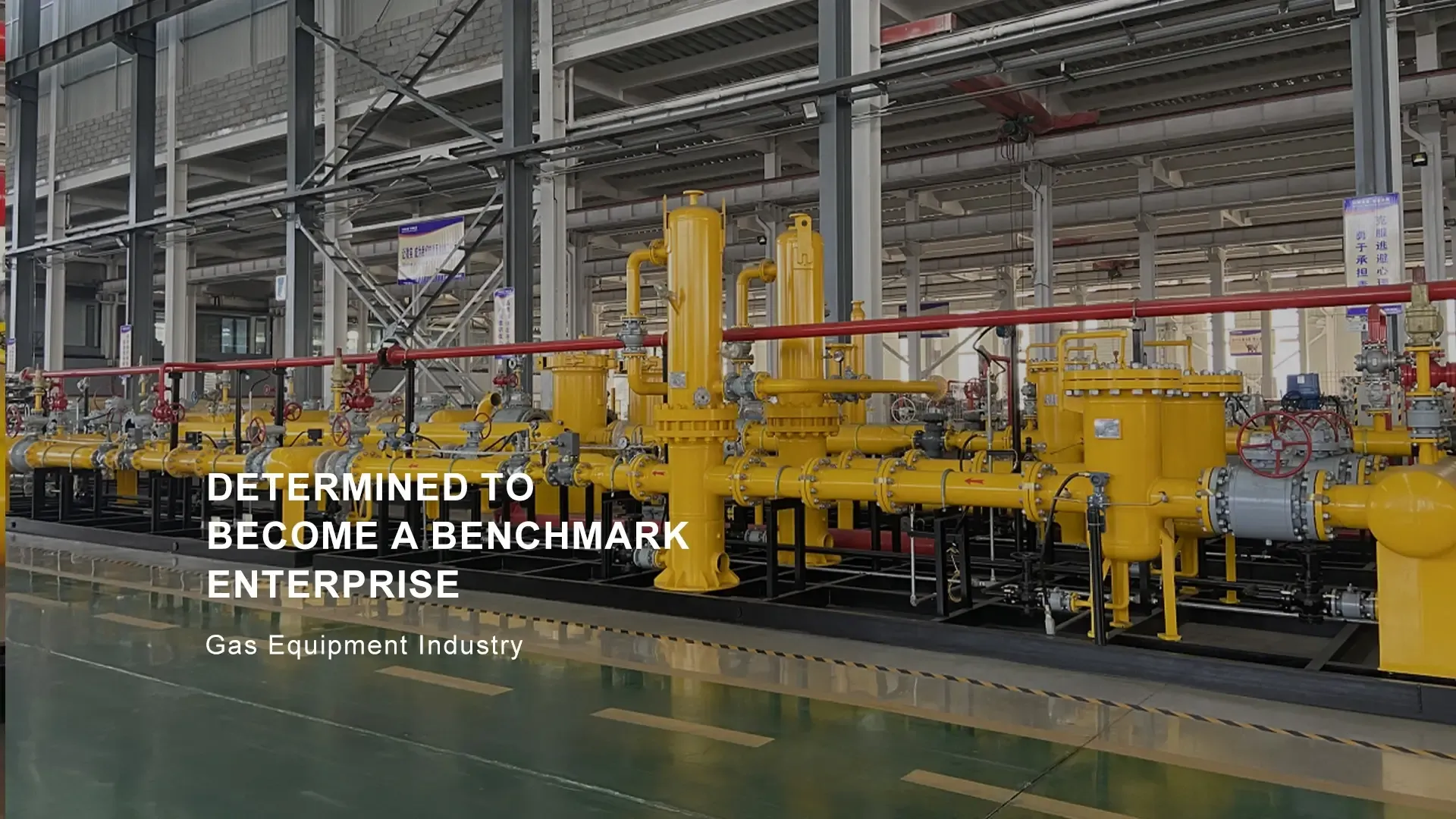
Nov . 15, 2024 04:55
Back to list
gasification equipment
The Importance of Gasification Equipment in Energy Production
Gasification is a thermochemical process that converts organic or fossil-based materials into carbon monoxide, hydrogen, and carbon dioxide. This transformation occurs through the reaction of the feedstock at high temperatures, with a limited amount of oxygen or steam. The resultant syngas (synthesis gas) can be utilized for various applications, including electricity generation, fuel production, and as a feedstock for chemicals. The equipment used in these processes is crucial for efficiency and safety, making gasification equipment a significant component in the modern energy landscape.
Types of Gasification Equipment
Gasification equipment can be categorized into several types based on their technology and design. The main types include fixed bed, fluidized bed, and entrained flow gasifiers.
1. Fixed Bed Gasifiers This is one of the oldest forms of gasification technology. In this system, biomass or coal is placed in a fixed bed where the gasification process occurs. The flow of gas can either be updraft or downdraft. Updraft gasifiers are simpler in design but can produce lower-quality gas. In contrast, downdraft systems tend to yield cleaner syngas due to the complete combustion of tars.
2. Fluidized Bed Gasifiers This technology involves the use of fluidized particles that enhance the mixing and heat transfer of the material, resulting in a more uniform temperature profile. Fluidized bed gasifiers can process a wide range of feedstocks, including biomass and waste materials, making them highly versatile. The equipment is known for its efficiency, operating at lower temperatures while maintaining high reaction rates.
3. Entrained Flow Gasifiers These gasifiers operate at extremely high temperatures and pressures, allowing for rapid processing of feedstock that has been pulverized. They are predominantly used in large-scale industrial applications, such as coal gasification, due to their ability to produce high-purity syngas. However, the complexity and cost of this equipment can be significantly higher compared to other gasification technologies.
Advancements in Gasification Equipment
gasification equipment

The gasification industry has seen numerous advancements in technology, improving the efficiency and reducing the environmental footprint of gasification processes. Innovations such as integrated gasifiers with carbon capture and storage (CCS) capabilities are becoming increasingly crucial in addressing climate change concerns. These systems capture CO2 produced during gasification, preventing it from entering the atmosphere and allowing for cleaner energy production.
Another significant improvement has been in the development of automated controls and monitoring systems. Modern gasification equipment often comes equipped with advanced sensors and data analytics tools that optimize the gasification process. These systems ensure optimal operating conditions, which can lead to increased syngas yield and better overall efficiency.
Economic and Environmental Impacts
The use of gasification equipment has profound economic implications. It enables the transformation of low-value feedstocks, such as agricultural waste and municipal solid waste, into valuable energy resources. This contributes to waste management while fostering energy independence and security. Moreover, the production of syngas can lead to the development of renewable fuels, reducing reliance on fossil fuels and diversifying energy portfolios.
From an environmental standpoint, gasification presents numerous benefits. The ability to convert waste into energy helps mitigate the problems associated with landfill overflow and promotes circular economy principles. Gasification has the potential to produce clean energy with a lower carbon footprint compared to traditional coal-fired power generation, thus contributing to global climate goals.
Conclusion
Gasification equipment plays an integral role in promoting a sustainable energy future. With advancements in technology and growing awareness of environmental challenges, the gasification process is becoming increasingly relevant. By harnessing the potential of various feedstocks, innovative gasification systems can deliver cleaner energy solutions, enhance resource efficiency, and minimize environmental impact, marking a significant step toward a cleaner, greener planet.
Next:
Latest news
-
Safety Valve Spring-Loaded Design Overpressure ProtectionNewsJul.25,2025
-
Precision Voltage Regulator AC5 Accuracy Grade PerformanceNewsJul.25,2025
-
Natural Gas Pressure Regulating Skid Industrial Pipeline ApplicationsNewsJul.25,2025
-
Natural Gas Filter Stainless Steel Mesh Element DesignNewsJul.25,2025
-
Gas Pressure Regulator Valve Direct-Acting Spring-Loaded DesignNewsJul.25,2025
-
Decompression Equipment Multi-Stage Heat Exchange System DesignNewsJul.25,2025

